

Matt Campbell
2026 MG U9 review
5 Hours Ago
There's a new dual-cab ute on the block. It's a tougher version of the Mazda BT-50 and adds more value for buyers after a more rugged look.

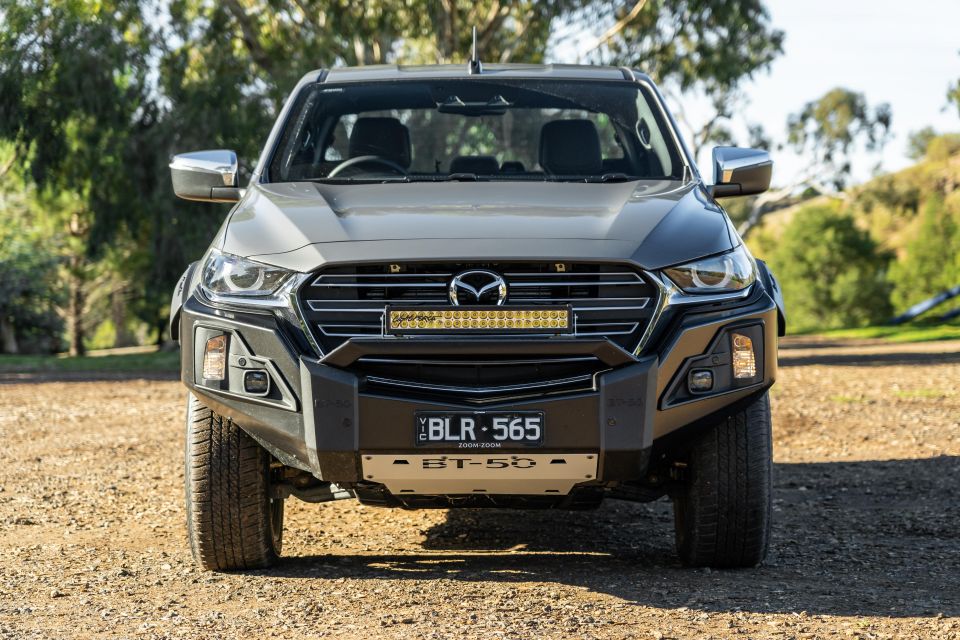

Founder
New from
$59,990
excl. on-roads

Founder
New from
$59,990
excl. on-roads


Founder
New from
$59,990
excl. on-roads

Founder
New from
$59,990
excl. on-roads
Quickly see how this car stacks up against its competition. Select any benchmark to see more details.
Where expert car reviews meet expert car buying – CarExpert gives you trusted advice, personalised service and real savings on your next new car.
With incentives for commercial vehicles still kicking along, manufacturers are doing their best to crank up the price of tax-friendly vehicles as much as possible.
The latest contender is Mazda, launching a special edition of its all-new BT-50 ute called the 2021 Mazda BT-50 Thunder.
We exclusively wrote about this vehicle six months ago and while our source suggested more power and torque for the BT-50, Mazda appears to have altered its path and just stuck with cosmetic upgrades.
We hit the road in the BT-50 Thunder to see whether the added upgrades improve what’s already a very strong ute.
The entire Mazda BT-50 range kicks off from $36,550 before on-road costs for the single-cab BT-50 XT and caps out at $68,990 before on-roads for the six-speed automatic BT-50 Thunder.
Mazda has launched the BT-50 Thunder with national drive-away pricing, which comes in at $65,990 drive-away with six-speed manual and $68,990 drive-away with the six-speed automatic.
The BT-50 Thunder is based on the BT-50 GT and comes with a claimed $13,000 of extra value for a $9000 price premium over the BT-50 GT.

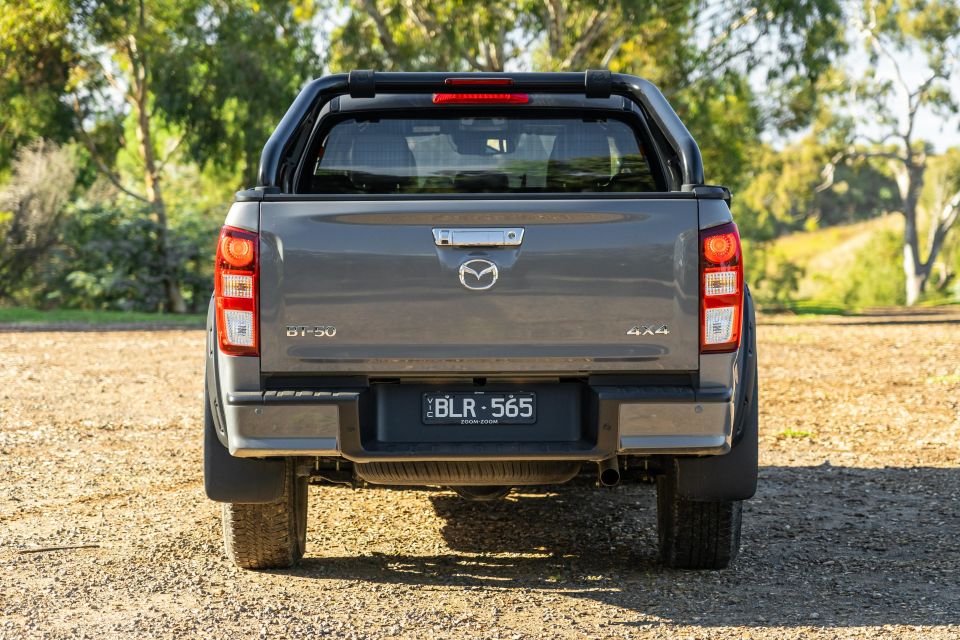
Buy your new car without the stress. It's fast, simple and completely free.

Great service from Travis and team, second time I have used this business would not hesitate to recommend them to anyone
Craig C.
Purchased a Ford Ranger in Sunshine Coast, QLD
CarExpert helped Craig save thousands on his Ford Ranger, now let us save you on your next new car.
Find a dealOn the outside, the Mazda BT-50 GT comes with 18-inch alloy wheels, LED headlights, power-folding side mirrors, remote engine start, keyless entry and start, front and rear parking sensors and adaptive cruise control.
Inside the cabin you’ll find leather seats, seat heating for the first row, a 9.0-inch infotainment system with wireless Apple CarPlay and wired Android Auto, inbuilt satellite navigation, an eight-speaker sound system as well as tilt/reach steering adjustment.
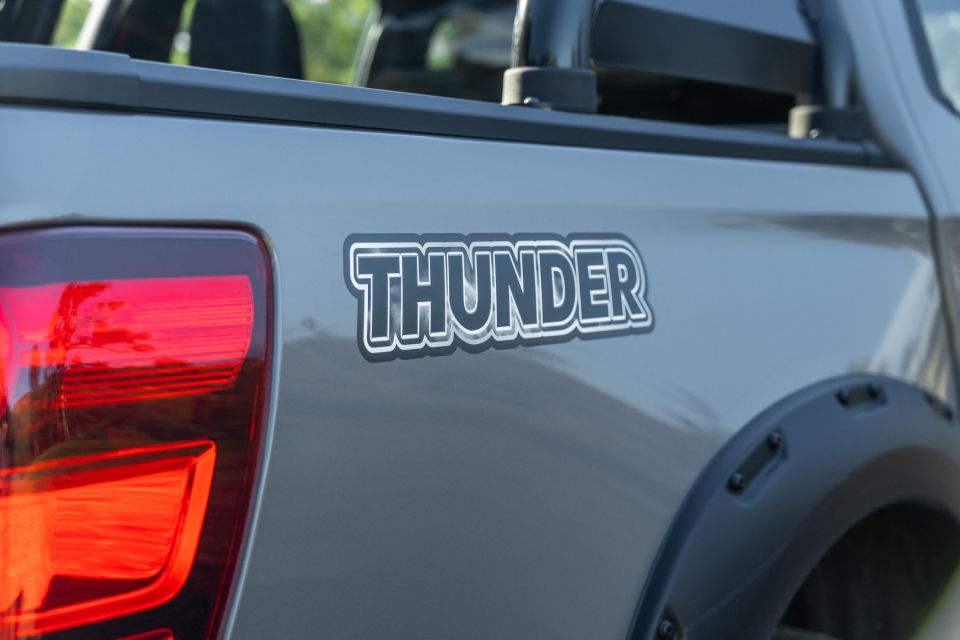
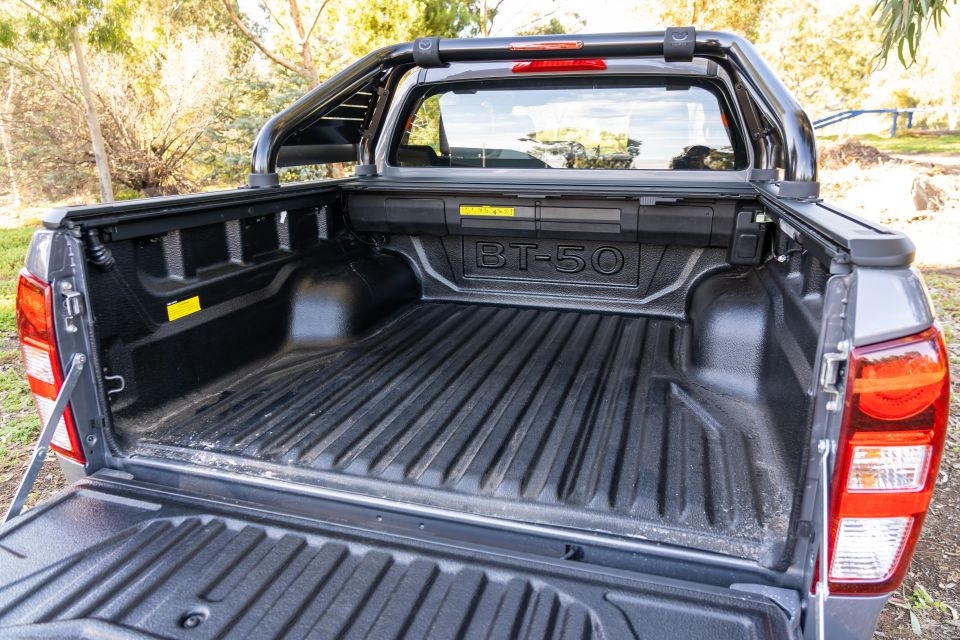
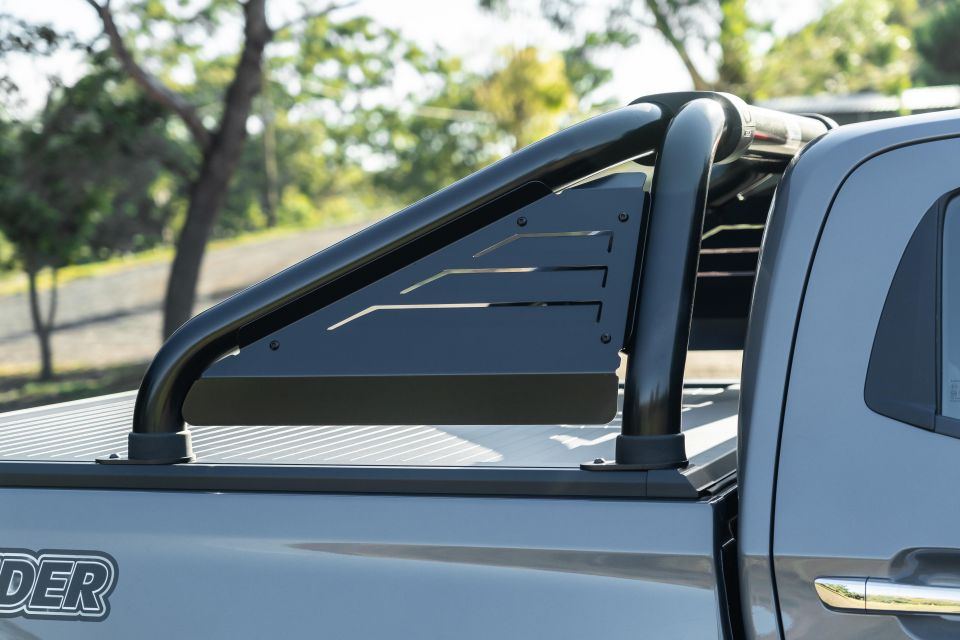
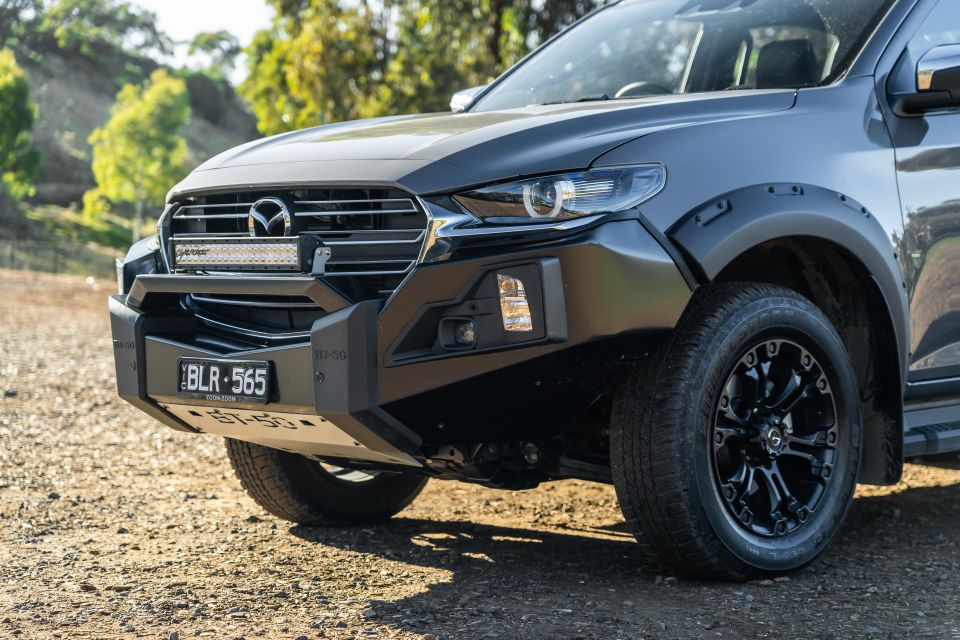
In addition to the BT-50 GT’s already healthy equipment list, the BT-50 Thunder adds a single hoop steel bull bar, a dual-row Lightforce LED light bar, black 18-inch alloy wheels, wider plastic fender flares, and side steps.
There’s also an electric roller tonneau cover, black sports bar and Thunder decals along both sides of the vehicle. The electric tonneau cover on our vehicle was faulty and couldn’t be fixed during our brief loan. It’s also worth calling out at this point that the vehicle we drove was a pre-production car.
There are seven exterior colours available and they are all free of charge.
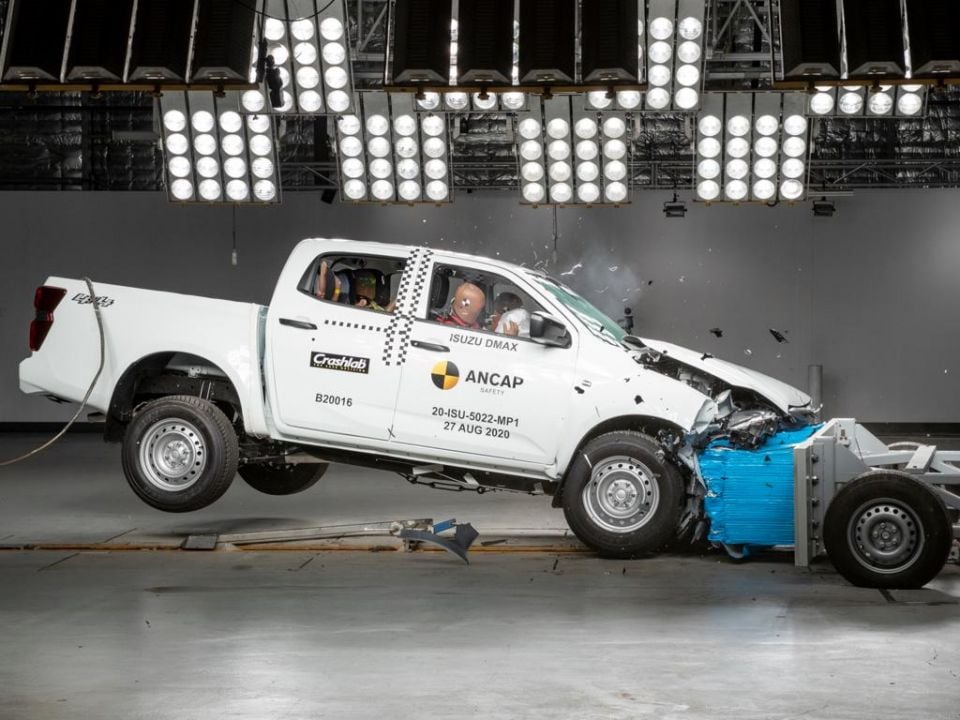
The Mazda BT-50 wears a five-star ANCAP safety rating based on crash tests conducted on its Isuzu D-Max twin in 2020. Based on technical information shared with ANCAP, the five-star safety rating from the D-Max was carried over to the BT-50.
That means an adult occupant protection rating of 83 per cent, a child occupant safety rating of 89 per cent, a vulnerable road user protection rating of 67 per cent, and a safety assist score of 84 per cent.
Autonomous emergency braking (AEB) with vulnerable road user detection is standard, as is a semi-autonomous steering function for the lane-keep assist system and traffic sign recognition.
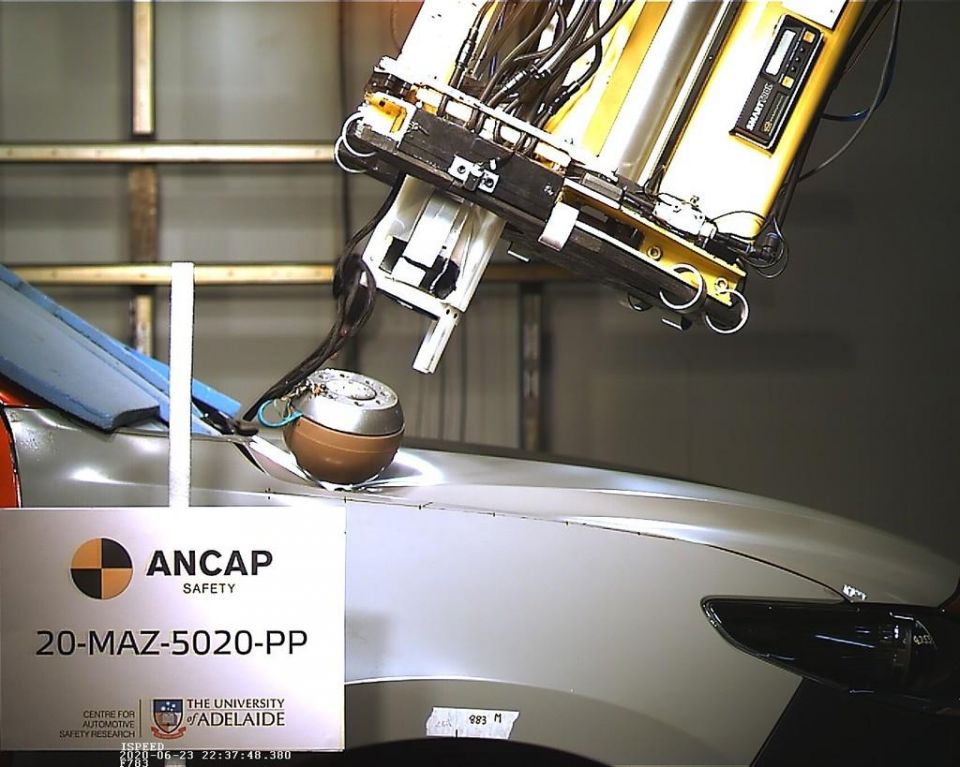
The AEB system also comes with a turn assist feature preventing the vehicle from driving into oncoming traffic when turning. There’s also blind-spot monitoring, rear cross-traffic alert, and automatic high-beam.
It features a front-centre airbag to stop the driver and front passenger from whacking each other in a side-impact crash, in addition to dual front, side and curtain inflators.
There’s also electronic stability control with trailer sway protection, anti rollover mitigation, and both front and rear parking sensors.
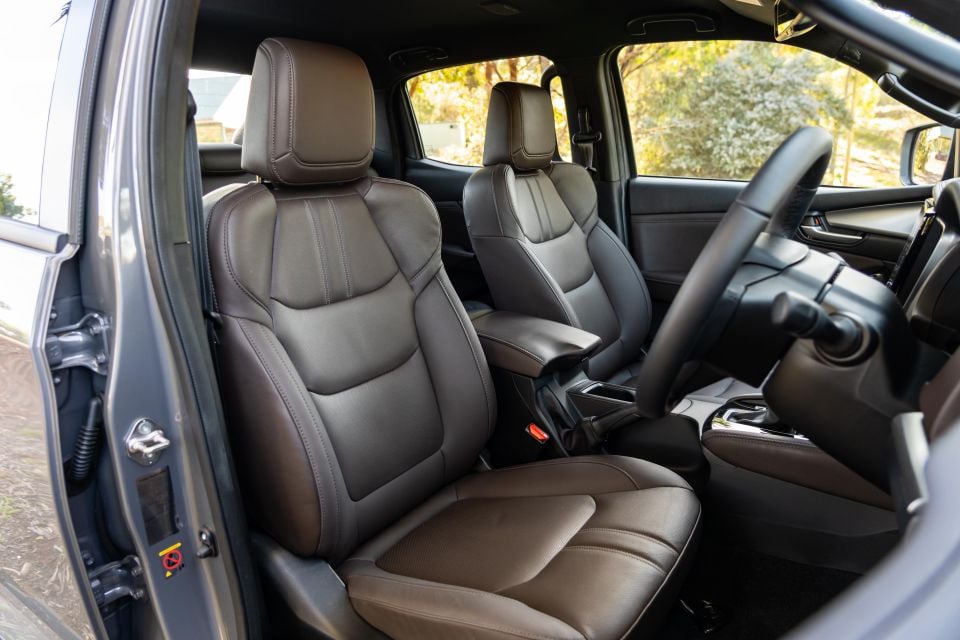
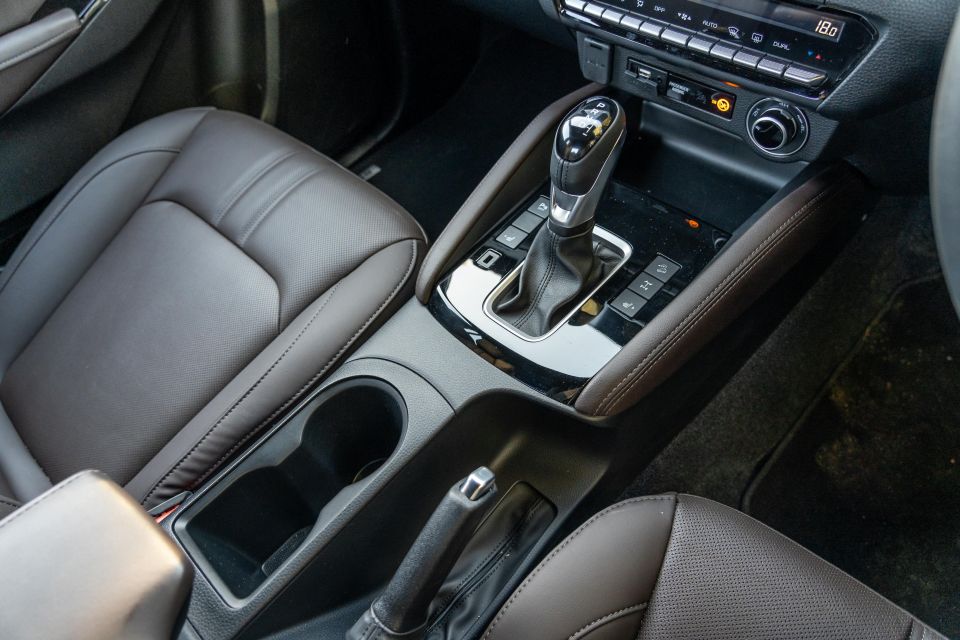
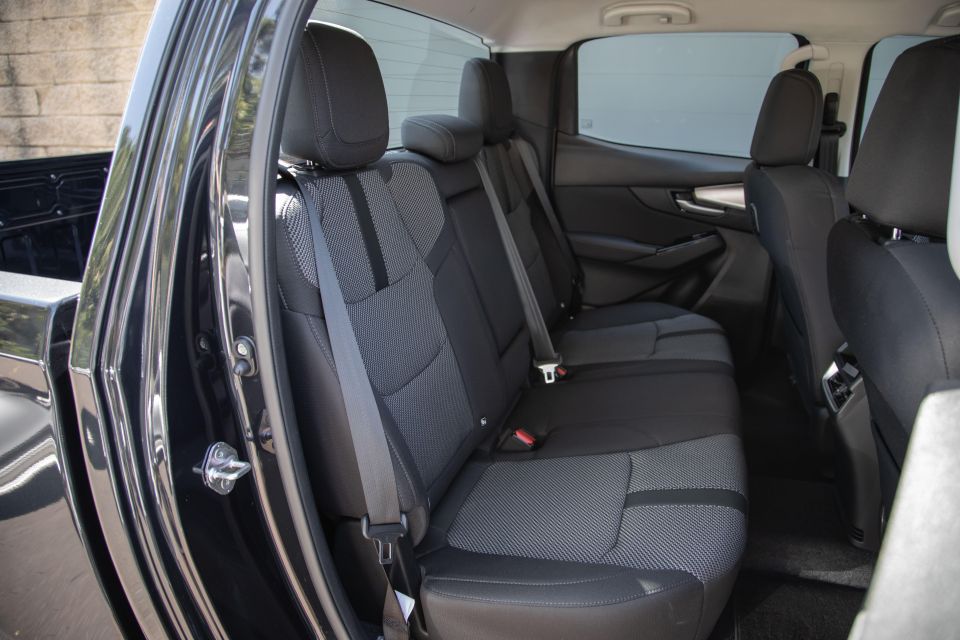
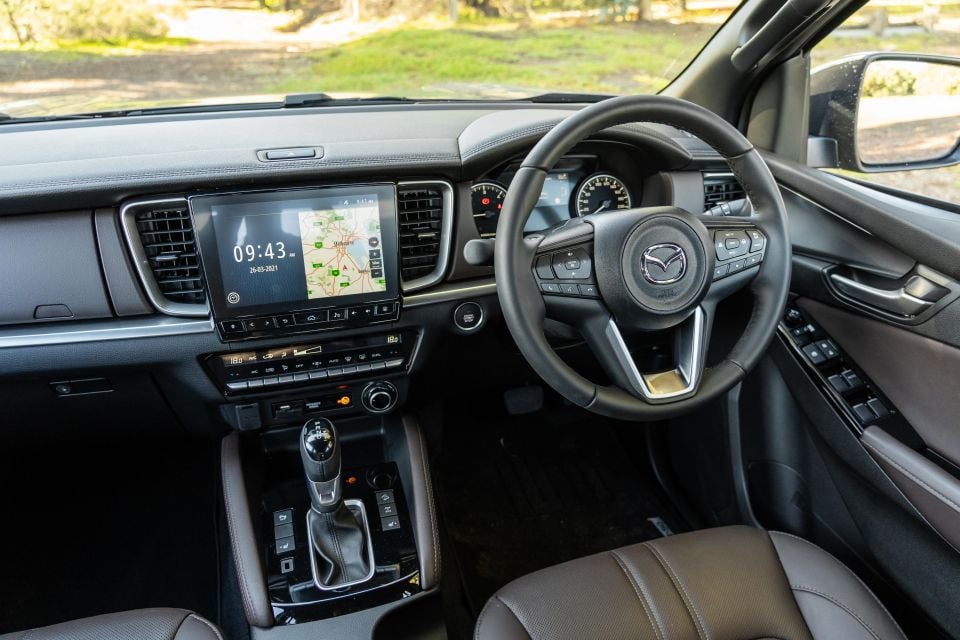
Inside the cabin there’s no visible difference between the BT-50 GT and the Thunder. That means you get the same dark brown colour leather seats with perforated trim and and upmarket dashboard with soft-touch materials.
The interior looks and feels more premium then established competitors such as the the Ford Ranger and Toyota HiLux. More effort has been put into touch points like the door armrests, centre console, and centre tunnel trim.
Central to the cabin is a 9.0-inch infotainment screen with wireless Apple CarPlay, wired Android Auto, and inbuilt satellite navigation. It works well for the most part, the only thing it’s desperately missing is a wireless phone charger.
If you’re an Apple user and connect using wireless Apple CarPlay, your battery can drain pretty quickly and inevitably you then need to connect your phone with a cable anyway to prevent it going flat. A wireless phone charger would fix that.
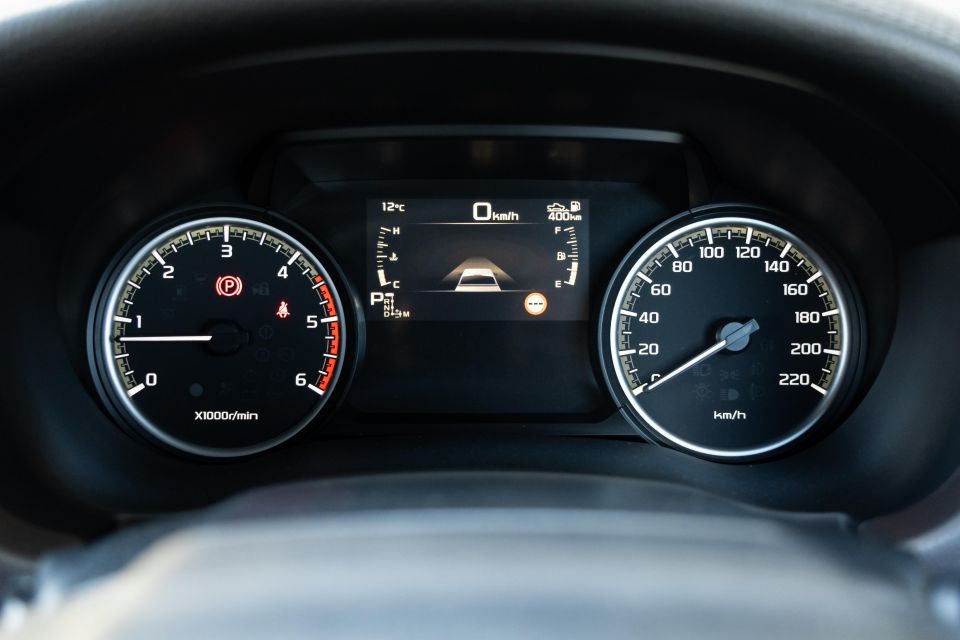
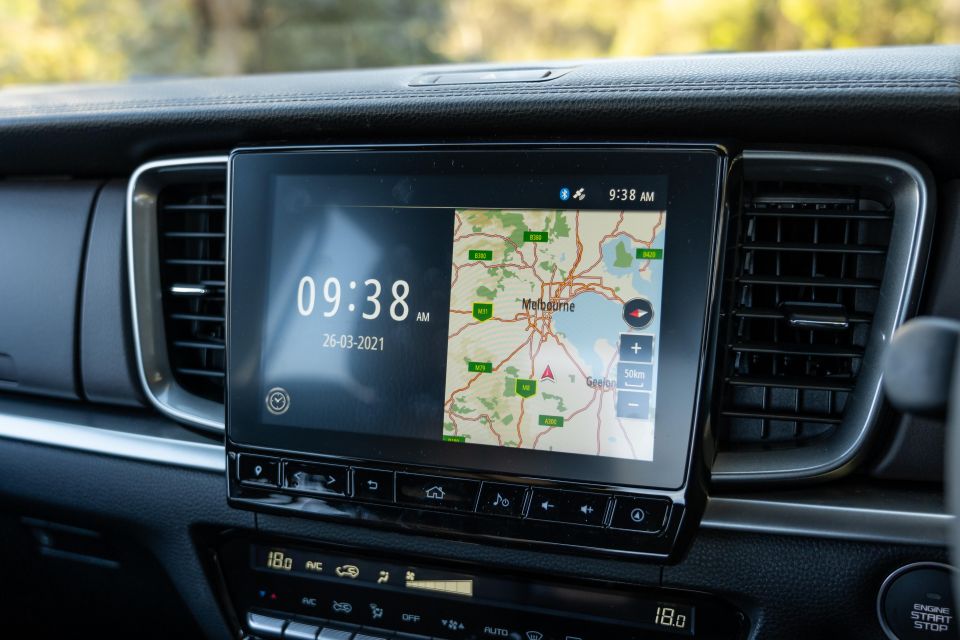

The dark brown leather works well with the darker tones inside the cabin and the seats themselves offer a high level of comfort for longer distance drives. The front row also offers seat heating, which isn’t available in the equivalent Isuzu D-Max.
Ahead of the driver between the speedometer and tachometer is an LCD display for the trip computer, digital speedometer and the vehicle’s safety systems. It’s easy to use, but can be frustrating at times. Some safety functions can only be disabled using this screen and menus can’t be accessed when the car is moving.
Leg- and headroom in the second row is good, with two ISOFIX points and two top-tether points on offer. There’s also a hook on the back of the passenger seat for hanging shopping bags, while a USB point and air vents sit within the centre tunnel.
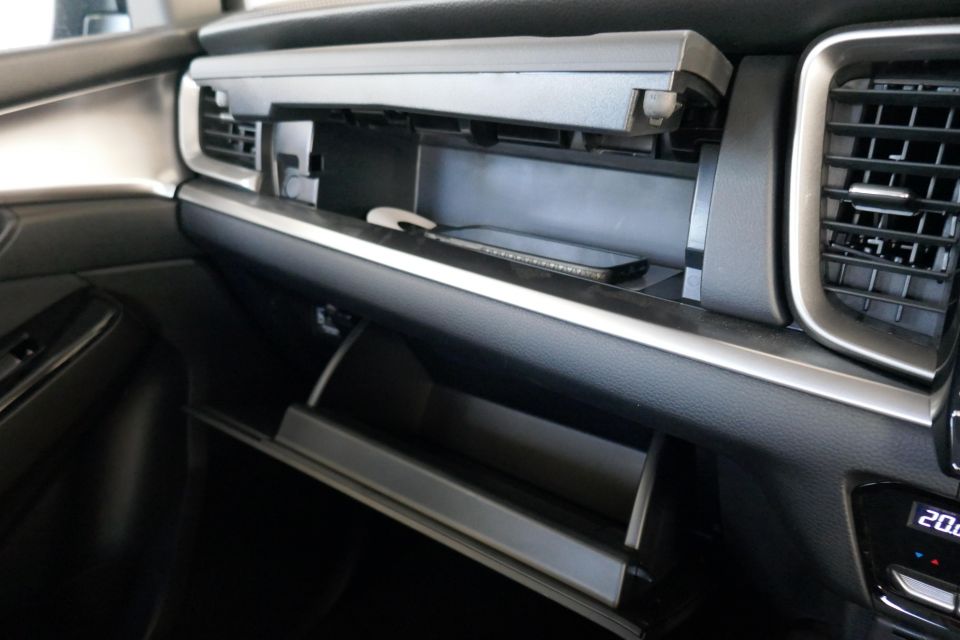

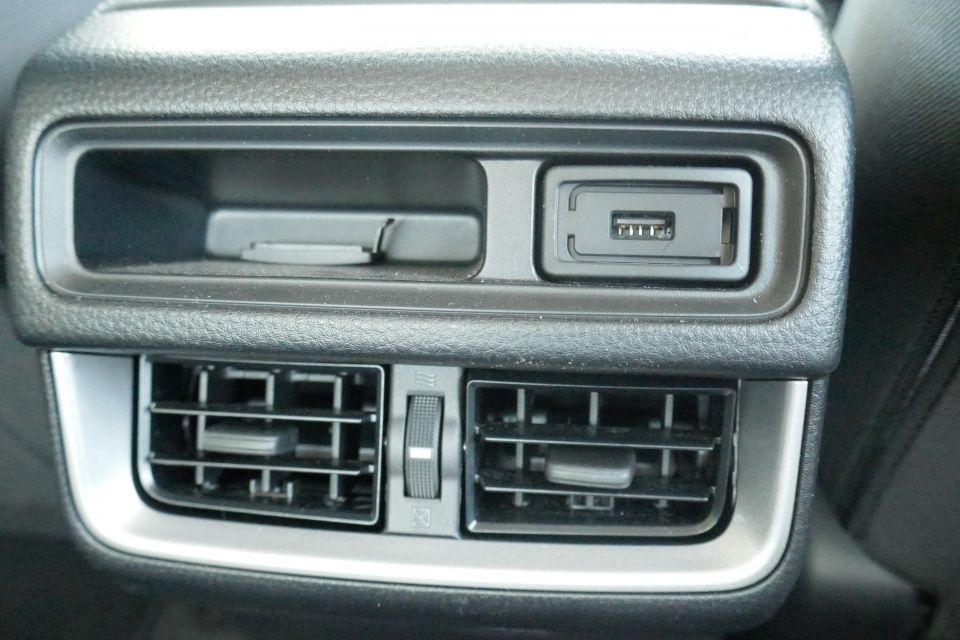
The back seat features a centre armrest and can be folded forward to access the jack. Beneath the seat base are two storage spots to keep valuables away from prying eyes.
BT-50 Thunder tray dimensions come in at 1571mm load length, 1530mm load width, 490mm load depth and 1120mm width between the wheel arches.
Payload is 1065kg, while GVM and GCM come in at 3100kg and 5950kg respectively.
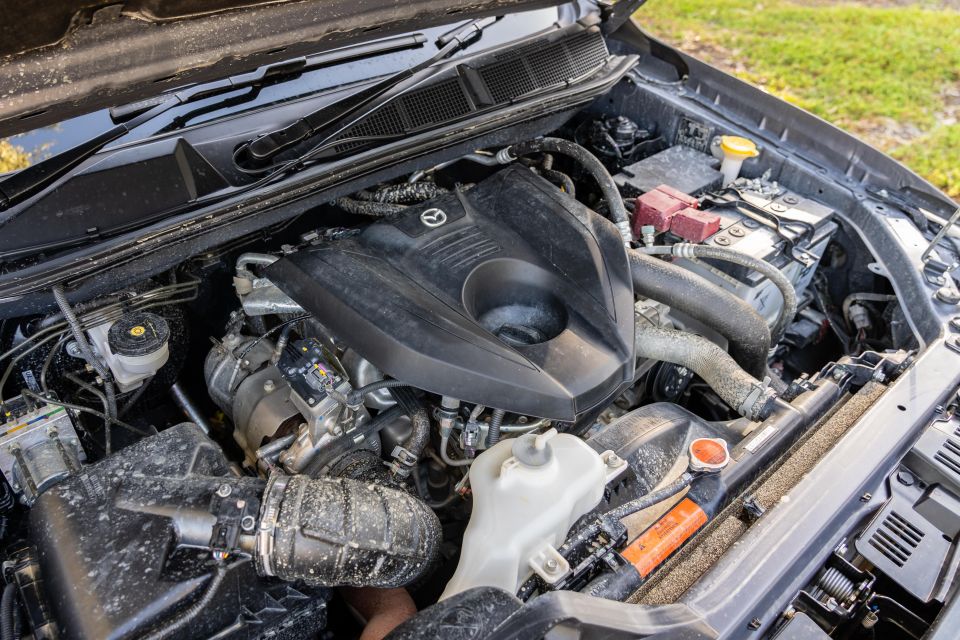
Powering the BT-50 Thunder is the same 3.0-litre four-cylinder turbo-diesel engine as the core range, producing 140kW of power and 450Nm of torque.
It’s mated to a six-speed automatic transmission as tested and consumes 8.0L/100km on the combined cycle. During testing, we achieved around 12.8L/100km over a mix of city and highway driving.
We predicted in our earlier article on the BT-50 Thunder it would come with a factory power upgrade, but it looks like Mazda and Isuzu will hold off on that for the moment, despite this vehicle sharing the same gearbox as the Toyota HiLux, which recently saw an increase in torque to 500Nm.
The BT-50 runs a switchable four-wheel drive system, meaning it defaults to rear-wheel drive but can be switched to four-wheel drive high-range or four-wheel drive low-range. There’s also a rear differential lock that can only be activated in low-range.

Unsurprisingly, the BT-50 Thunder drives very much like the BT-50 GT it’s based on. That means a fairly quiet cabin with little road noise.
While the engine can be heard outside, there isn’t a great deal of noise that infiltrates the cabin while driving. The engine offers plenty of punch off the line and the gearbox is responsive enough to deliver dollops of torque throughout the rev range.
It’s also capable of leaning on its torque band to limit the need to constantly dive back through gears. Gears can manually be selected using the shifter, but there are no additional drive modes to pick from.
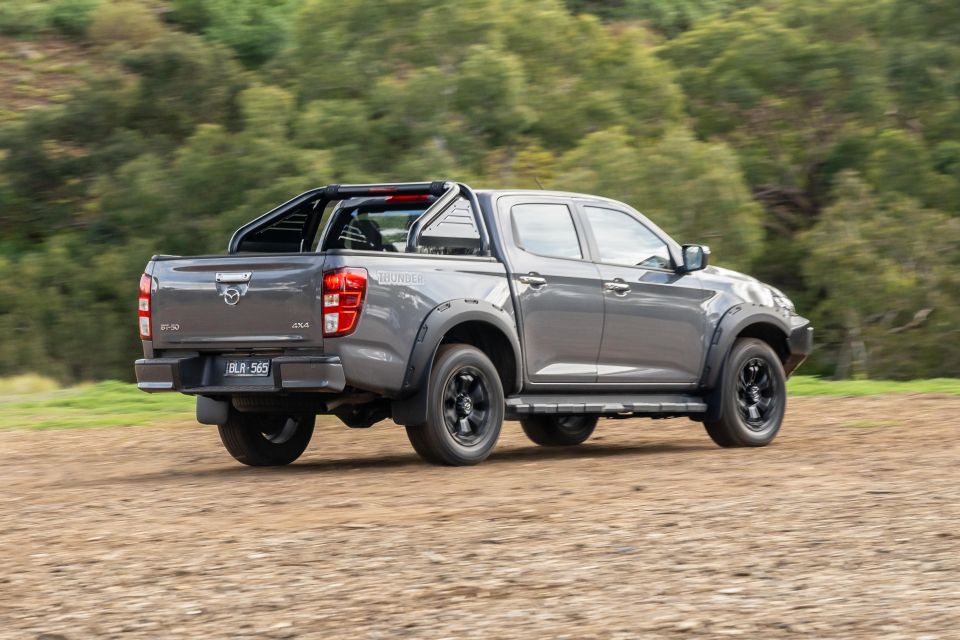
In and around suburbia, the ride is comfortable and compliant. It’s softly sprung and deals well with speed humps, cobble stones and pot holes.
Out on country roads it still feels softly sprung, but the damping feels firmer than some competitors in this segment. That means there’s a degree of brittleness to the ride at times if you hit corrugations and uneven stretches of road. It’s not too much of an issue, though.
At the rear, the BT-50 Thunder retains leaf springs and rear drum brakes and while the ride at the rear feels unchanged, the additional weight of the steel bull bar at the front settles the ride at the front end somewhat.
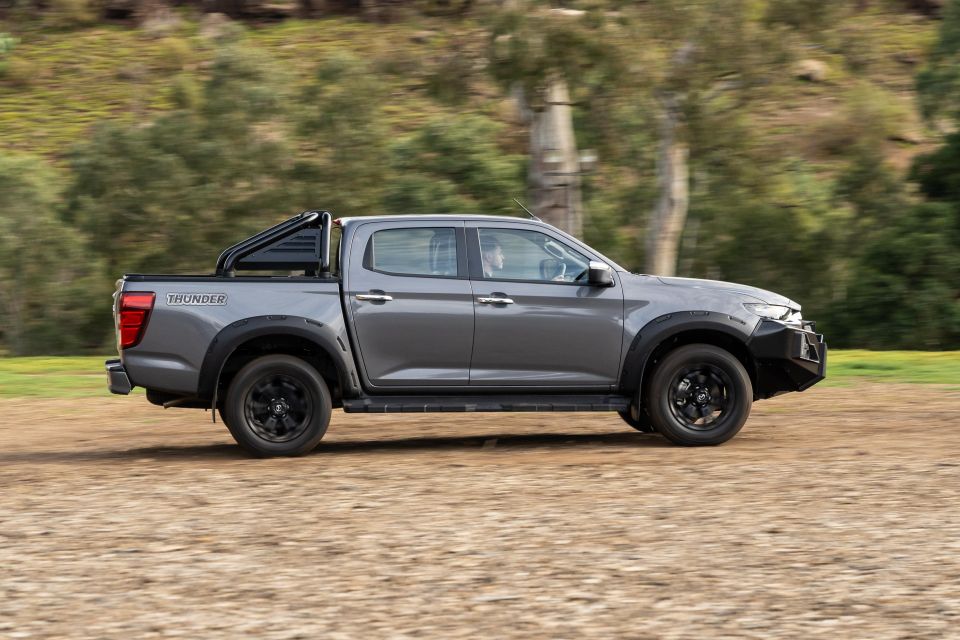
Steering feel remains good and the extra weight up front doesn’t seem to affect feel or weighting.
One of the benefits of this factory accessory kit is the integration with safety systems. Front parking sensors remain embedded in the front of the vehicle and the radar cruise control system works as usual. Aftermarket jobs will often forego or interrupt the operation of these systems.
In terms of dimension changes, the added Thunder gear increases the length from 5280mm to 5470mm (+190mm), while other dimensions remain the same.
Off-road specifications also change with the approach angle reducing from 30.4 degrees to 25.8 degrees, while the departure (24.2 degrees) and break over angles (23.8 degrees) remain unchanged.

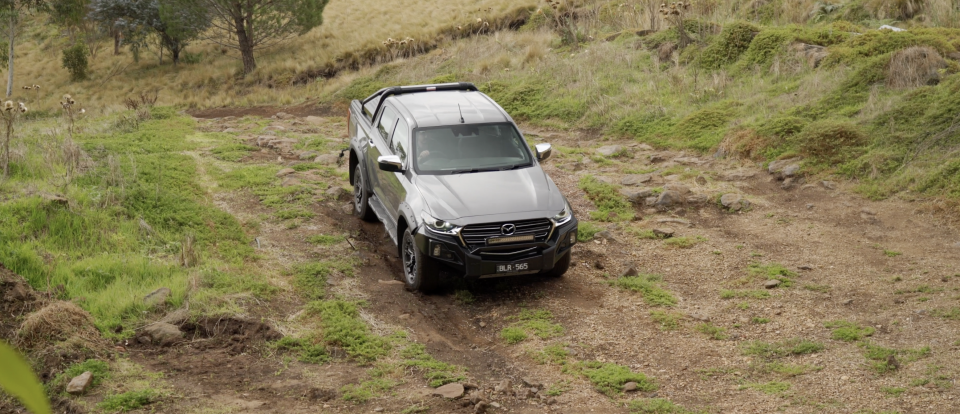
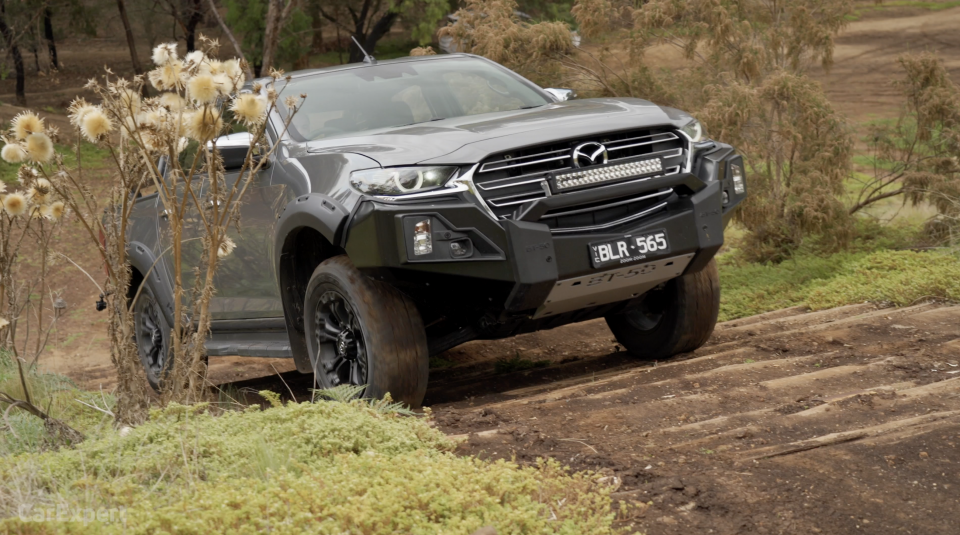
We did some light off-roading in the BT-50 Thunder and found it to feel about the same as the BT-50 GT. While the approach angle has reduced, the extra underbody protection at the front prevents big objects collecting engine parts on the way in.
The muddy terrain we climbed gave the traction control a workout, but we found it was able to traverse most terrain without any issues. It would have been nice to see the inclusion of a snorkel and all-terrain tyres instead of carryover equipment.
Night time drives in the country are a piece of cake thanks to the Lightforce dual-row LED light bar. The 176W 20-inch light bar adds 7472 effective lumens into the mix and is a nice complement to the standard LED headlights.
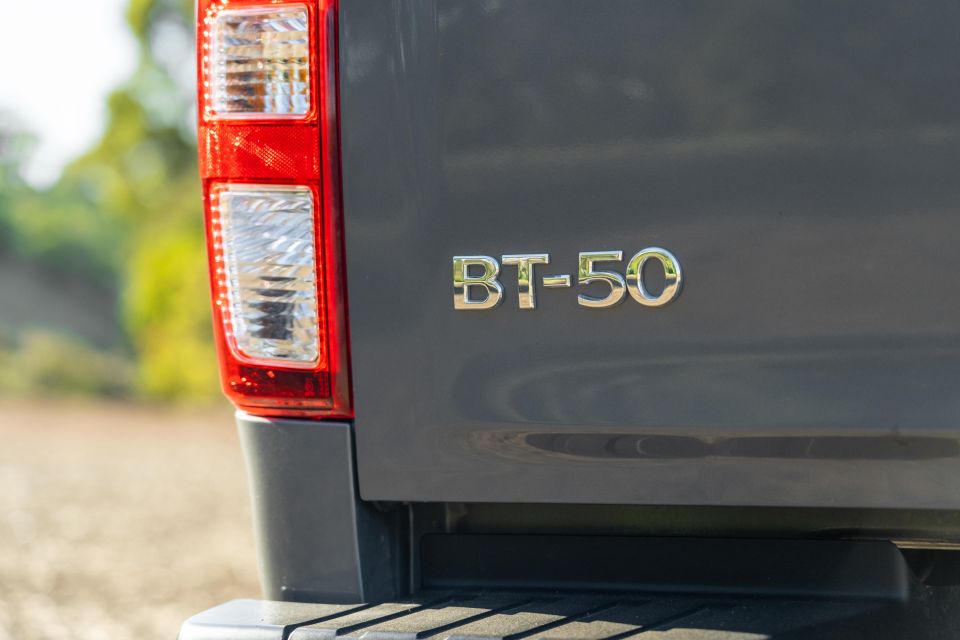
Where expert car reviews meet expert car buying – CarExpert gives you trusted advice, personalised service and real savings on your next new car.
The Mazda BT-50 Thunder comes with a five-year, unlimited-kilometre warranty.
Service intervals are every 15,000km or 12 months. Over a five-year period servicing comes in at $2291, or an average of $458.20 per service.
One of the advantages of a car like the BT-50 Thunder is that all the accessories are warranted with the vehicle, so you don’t run the risk of voiding your warranty when fitting certain accessories.
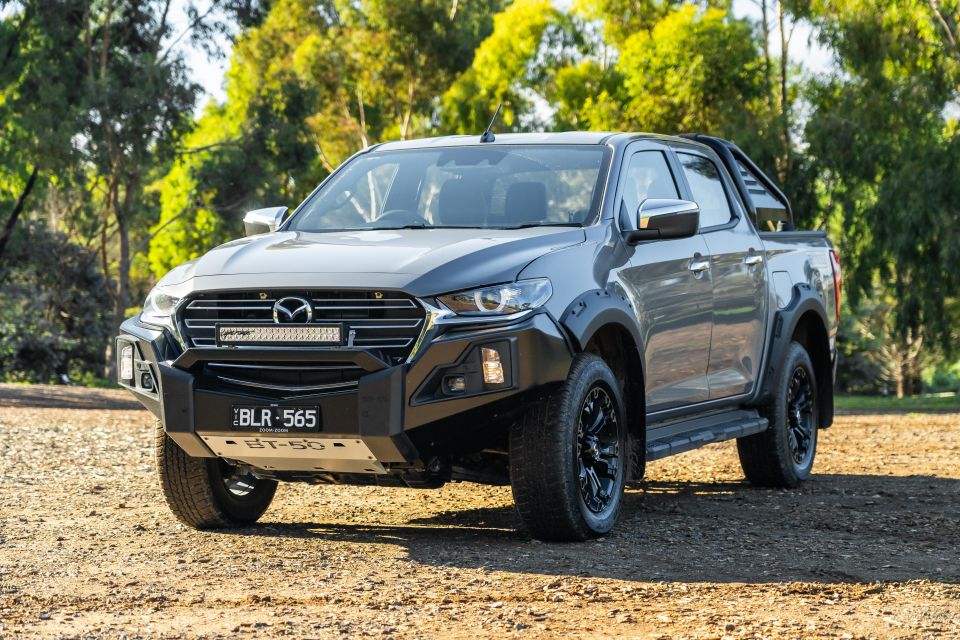
The BT-50 Thunder looks tough and takes some edge off the softer image associated with the latest BT-50. But, we can’t help but feel Mazda missed an opportunity to really go to town here.
Having a look through the Mazda accessory catalogue, these all appear to be parts that can just be added on to any vehicle.
There doesn’t seem to be anything unique to the Thunder (outside of the decals) that customers couldn’t do already.
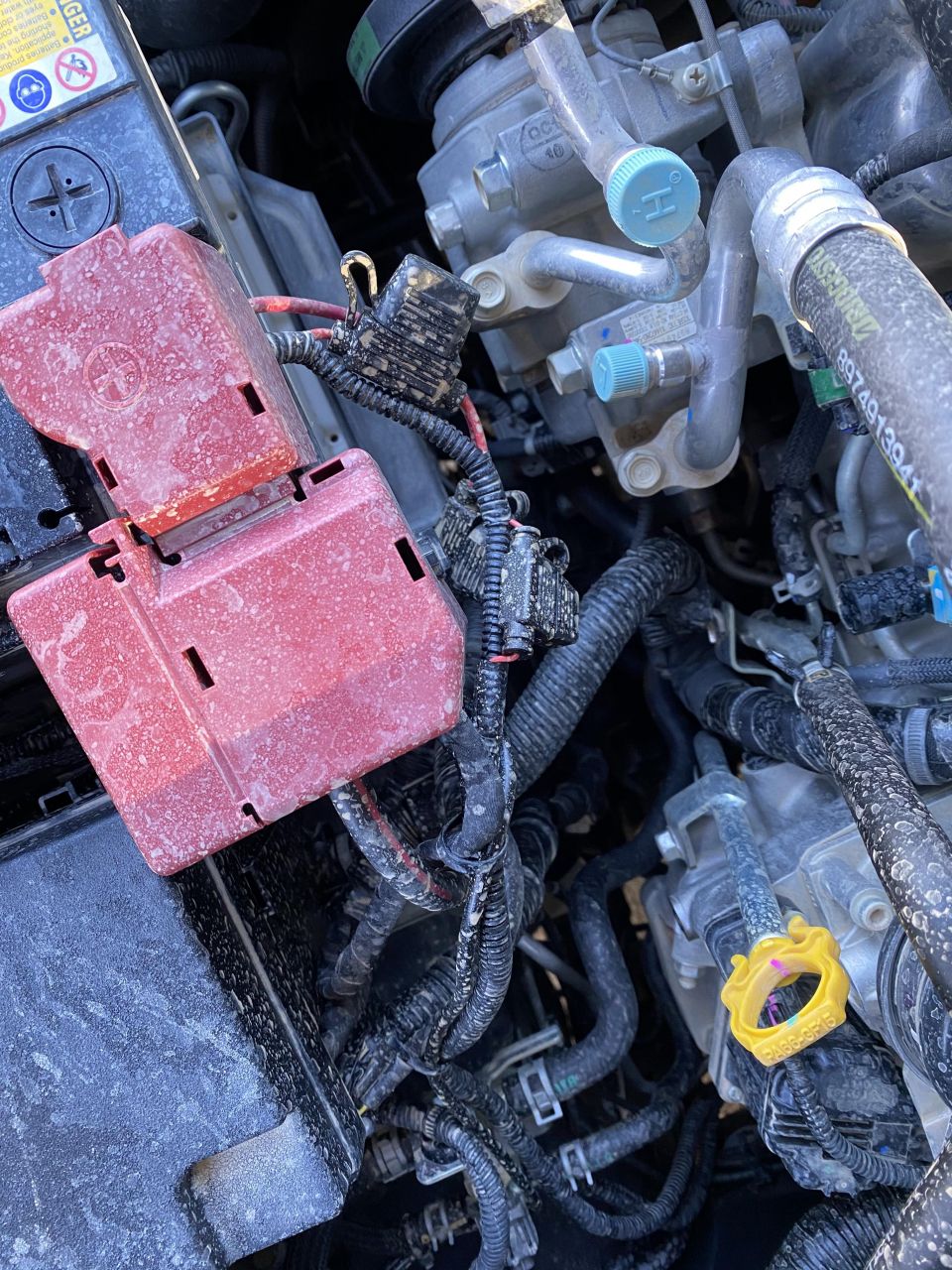
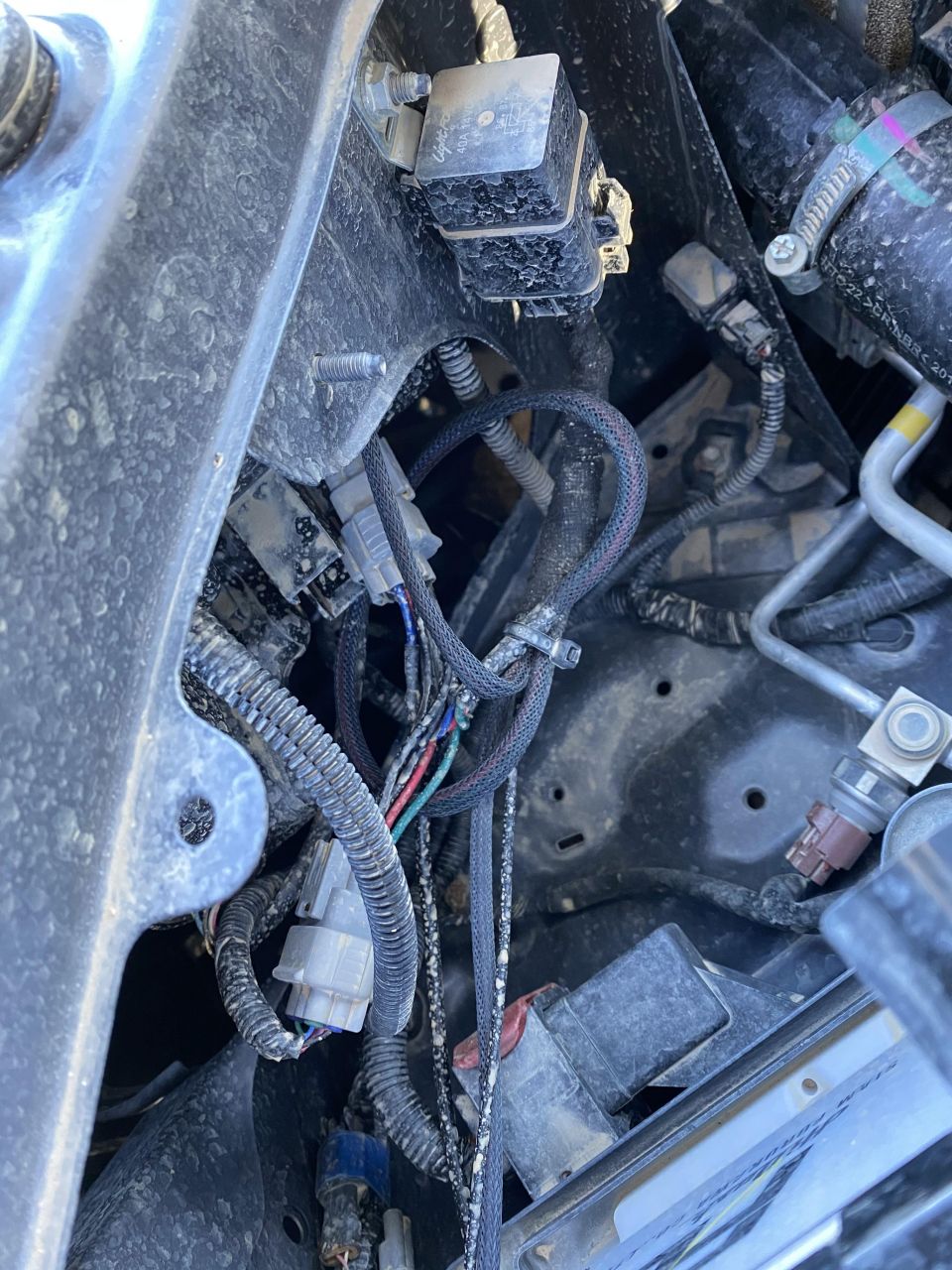
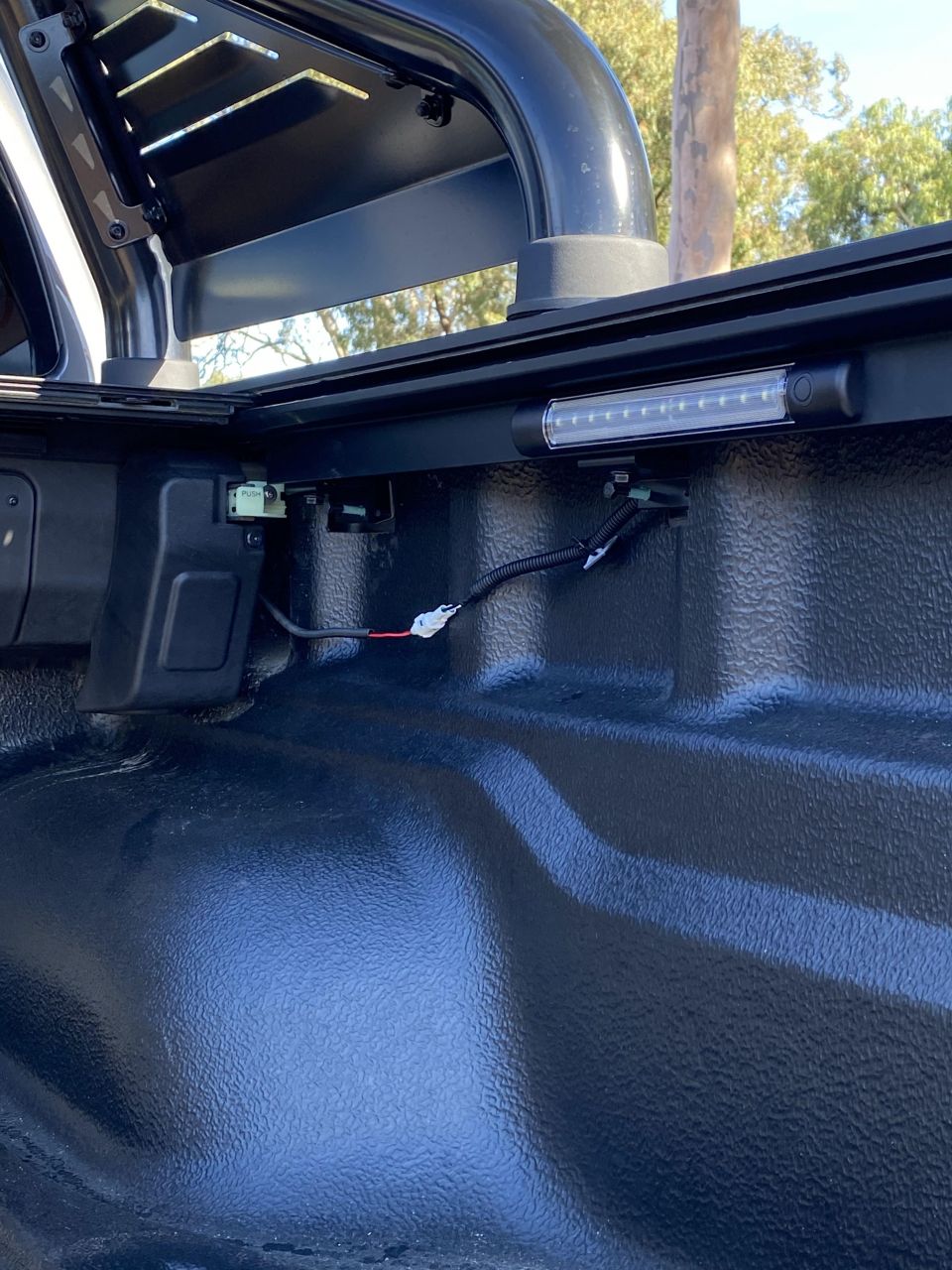
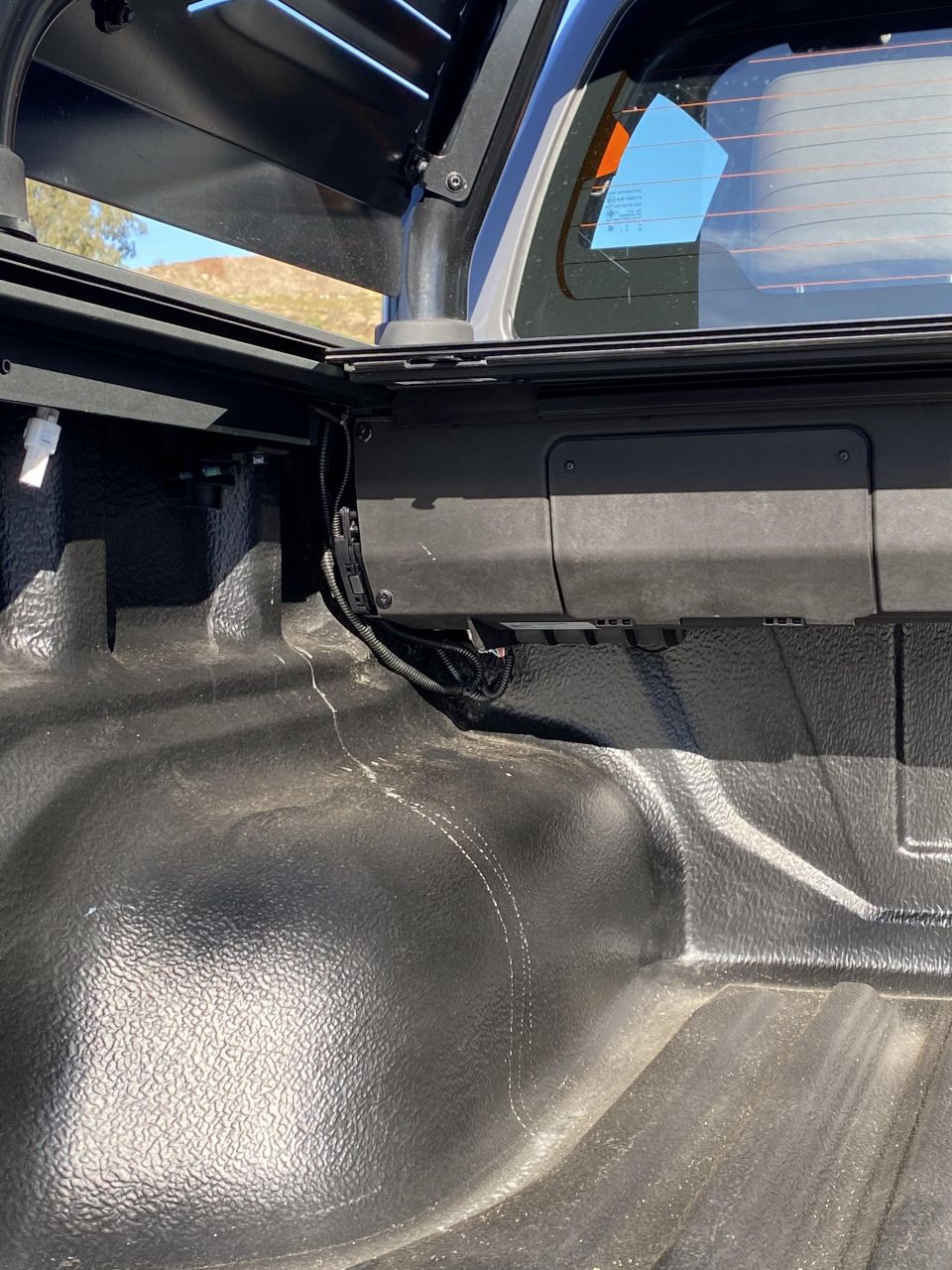
And while the vehicle we tested was a pre-production vehicle, the visual quality of the wiring looked pretty poor. Wires hanging from the rear side rails in the tray, along with a relative mess of aftermarket cables in the engine bay really didn’t look OEM.
If it were my car, I’d be asking them to have another go at it.
The Toyota HiLux Rogue we tested recently uses what appears to be an identical electric roller cover and all of the cabling for that was hidden away from view.
Given how competitive the dual-cab ute segment is in Australia, Mazda should have used this opportunity to launch a true Ranger Wildtrak/FX4 competitor with proper off-road equipment or extra punch from the engine.

As it stands, this feels like an accessory pack as opposed to a new addition to the range.
Maybe that’s what was intended from the beginning, but I think consumers want more at the moment and this isn’t a compelling enough reason to walk away from a Ranger FX4 Max, HiLux Rugged X or the next-generation Nissan Navara Warrior.
Click the images for the full gallery
Where expert car reviews meet expert car buying – CarExpert gives you trusted advice, personalised service and real savings on your next new car.
Paul Maric is a CarExpert co-founder and YouTube host, combining engineering expertise with two decades in automotive journalism.


Matt Campbell
5 Hours Ago


Derek Fung
4 Days Ago


Damion Smy
7 Days Ago


Ben Zachariah
9 Days Ago


James Wong
15 Days Ago


Ben Zachariah
15 Days Ago